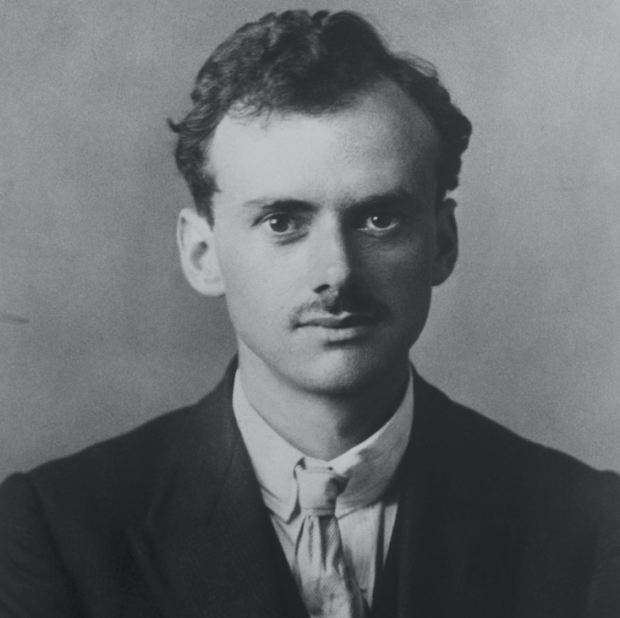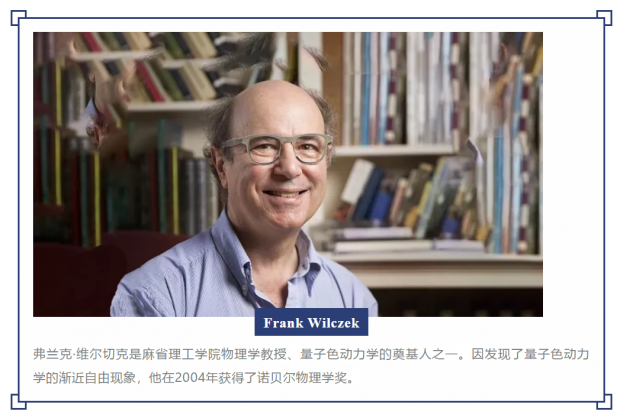阅读:0
听报道
撰文 | Frank Wilczek
翻译 | 胡风、梁丁当
编辑 | 苏苗苗
中文版

科学预言从提出到实现,往往需要一段时间。有的物理学家等了一辈子,才看到预言成真。
最近几个月,有两项漂亮的实验为任意子的存在提供了令人信服的证据。任意子是一种只存在于某些材料中的新型粒子。它们的显著特征是具备一种原始的记忆,能够保存过去的行为信息。因为这种特性,任意子成为了未来量子计算机的重要组成部分。
多年来,大多数物理学家认为,所有的粒子不是玻色子(比如光子)就是费米子(比如原子核中的质子和中子)。但在20世纪80年代初,我在早期研究人员的工作基础上提出,还存在一种新的粒子——我将其戏称为任意子,意思是“任何事情都会发生”。
当时我预计,只要几个月,就可以证实它的存在。而事实上,这一天迟来了近40年。从提出到实现科学预言,往往存在一段时间间隔。
有时候,等待可能更加漫长,甚至没有尽头。1931年,量子力学的奠基人之一保罗 · 狄拉克(Paul Dirac)预言了一种携带磁荷的粒子。他称之为磁单极子,即只有北极(或南极)的小磁铁。
狄拉克是有史以来最伟大的物理学家之一。他有很多杰出贡献,比如提出了反物质的概念。利用新的数学思想,他证明了磁单极子的存在是符合量子力学原理的——尽管看上去似乎有一些严重相悖的地方。更妙的是,他证明了如果磁单极存在,就可以解释物理学上一个非常基础却又玄妙的事实,即质子和电子的电荷相反、电荷量严格相等,可以精准地相互抵消。
1981年,在参加一个纪念“磁单极子50周年”的暑期学校时,我和妻子贝茜 · 迪瓦恩(Betsy Devine)常常同狄拉克和他的妻子玛吉特(Margit)一起吃早餐。保罗是出了名的沉默寡言。玛吉特告诉我们,保罗对这次会议极其失望。他原本是期望听到有关磁单极子被发现的报告的,但是相关的实验遭到了严厉的批评,而其实验结果自然也被认为不具有可信度。玛吉特对此感到很担心,因为她觉得“支撑保罗活下去”的正是他对磁单极子能够被发现的念想。
暑期学校结束后,狄拉克在一封信中写下了他关于这个问题的最后一句话 :“我现在倾向于相信磁单极不存在。”他于1984年去世。
时至今日,尽管人们应用各种不同的手段进行了仔细的搜寻,仍然没有发现真正的磁单极子。然而,狄拉克所引入的与磁单极有关的新概念已经产生了巨大的影响。我们有很好的理由认为磁单极子确实存在,但是它们太重了,无法在粒子加速器甚至是宇宙射线中产生。
阿尔贝 · 加缪(Albert Camus)曾写道 :“期待是一种甜蜜的痛苦,我们需要它来感受自己还活着。”在科学中,我们预测如何在自然界中实现我们的想法,随后取得进步。这个过程可能是缓慢的,痛苦的,甚至是悲剧性的。然而,面对挑战迎面而上是一种重要的思想方式。它常常给我们带来创造的惊喜,也会在更为稀有的时刻,为我们带来被自然界“认可”的荣光。
英文版

Physicist Paul Dirac (1902-84) predicted the existence of magnetic monopoles, which have yet to be observed.
Some physicists have waited a whole lifetime forreality to meet their expectations.
In recent months, two gorgeous experiments have reported convincing evidence for the existence of anyons, a new type of particle that can exist only inside of certain materials. Their distinctive feature is that they have a kind of primitive memory, enabling them to preserve information about their past motions. This feature makes anyons an important building block for future quantum computers.
For many years, most physicists thought that all particles must be either bosons (a category that includes photons, the particles of light) or fermions (which includes protons and neutrons, located in an atom’s nucleus). But in the early 1980s, building on work by earlier researchers, I proposed the existence of a new type of particle, which I named anyons as a kind of joke, derived from “anything goes.”
At the time, I expected the existence of anyons to be confirmed by observation within a few months—rather short of the four decades it actually took. In science, reality can be slow to meet our expectations.
Sometimes the wait takes even longer, or never ends at all. In 1931, Paul Dirac, one of the founders of quantum mechanics, predicted the existence of particles that carry magnetic charge, which he called magnetic monopoles. In essence, they are tiny magnets with only a north pole.
Dirac was one of the greatest physicists of all time—among other things, he introduced the concept of antimatter. Using new mathematical ideas, he showed that magnetic monopoles are consistent with the principles of quantum mechanics, despite some serious appearances to the contrary. Better yet, he showed that their existence would explain the profound but otherwise deeply mysterious fact that protons and electrons have equal and opposite electric charges that cancel each other out precisely.
In 1981, at a summer school dedicated to “50 Years of Magnetic Monopoles,” my wife Betsy Devine and I frequently shared breakfast with Dirac and his wife Margit. Paul was notoriously taciturn, but Margit told us that he was very disappointed by the conference. He had hoped to hear confirmation of a reported discovery of magnetic monopoles, but instead the experiment was heavily criticized and its results were discounted. Margit was concerned because she felt that his hope for the discovery of monopoles “was keeping Paul alive.”
After the summer school, Dirac wrote his last words on the subject, in a letter: “I am inclined now to believe that monopoles do not exist.” He died in 1984.
To this day, despite vigorous searches of many kinds, genuine magnetic monopoles have never been observed. Yet the new concepts Dirac introduced in connection with monopoles have been enormously influential. There are very good reasons to think that monopoles really do exist, but that they are much too heavy to be produced in particle accelerators or even in cosmic rays.
Albert Camus wrote that “we need the sweet pain of anticipation to tell us we are really alive.” In science, we make progress by anticipating how our ideas might be realized in nature. The process can be slow, painful and ultimately tragic. Yet rising to its challenge is an important discipline of thought, often leading to creative surprises—and more rarely, but wonderfully, to Nature’s “Yes.”

本文经授权转载自微信公众号“蔻享学术”。
话题:
0
推荐
财新博客版权声明:财新博客所发布文章及图片之版权属博主本人及/或相关权利人所有,未经博主及/或相关权利人单独授权,任何网站、平面媒体不得予以转载。财新网对相关媒体的网站信息内容转载授权并不包括财新博客的文章及图片。博客文章均为作者个人观点,不代表财新网的立场和观点。




 京公网安备 11010502034662号
京公网安备 11010502034662号 